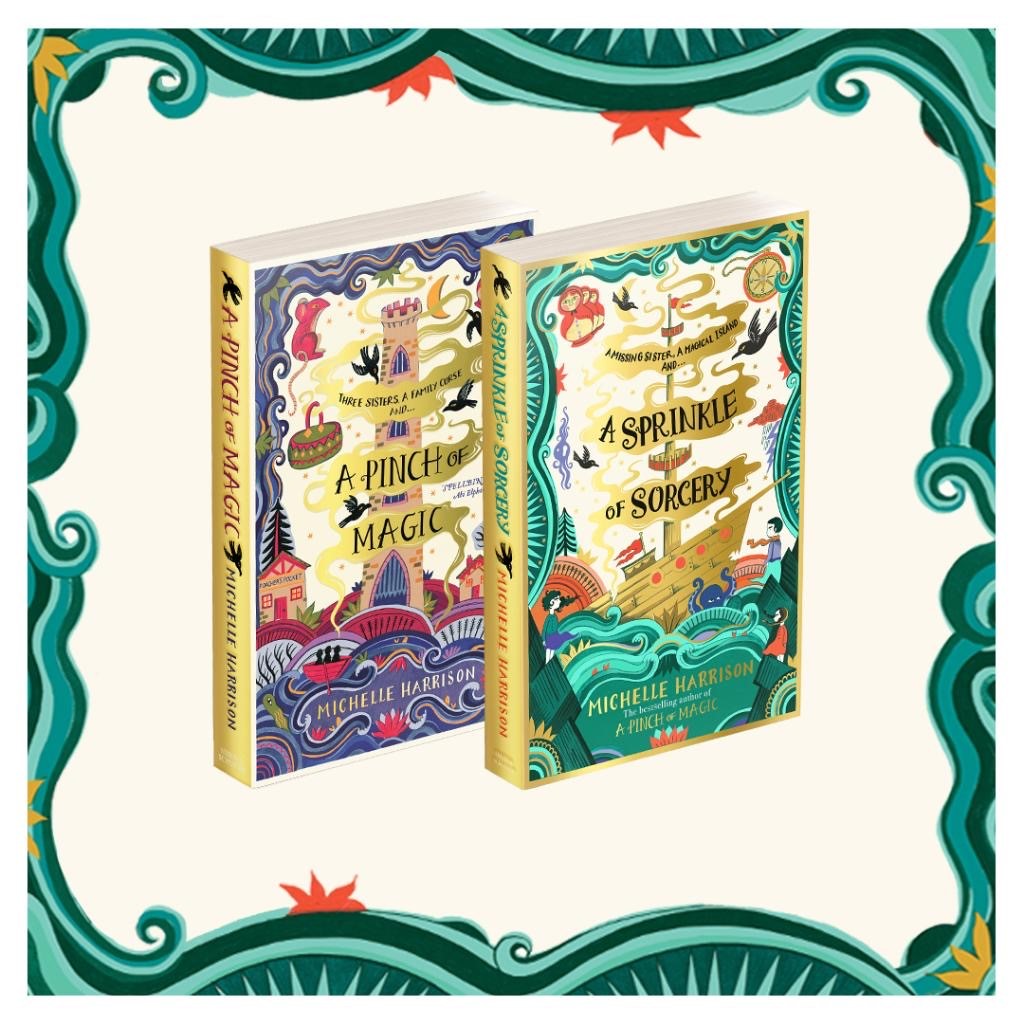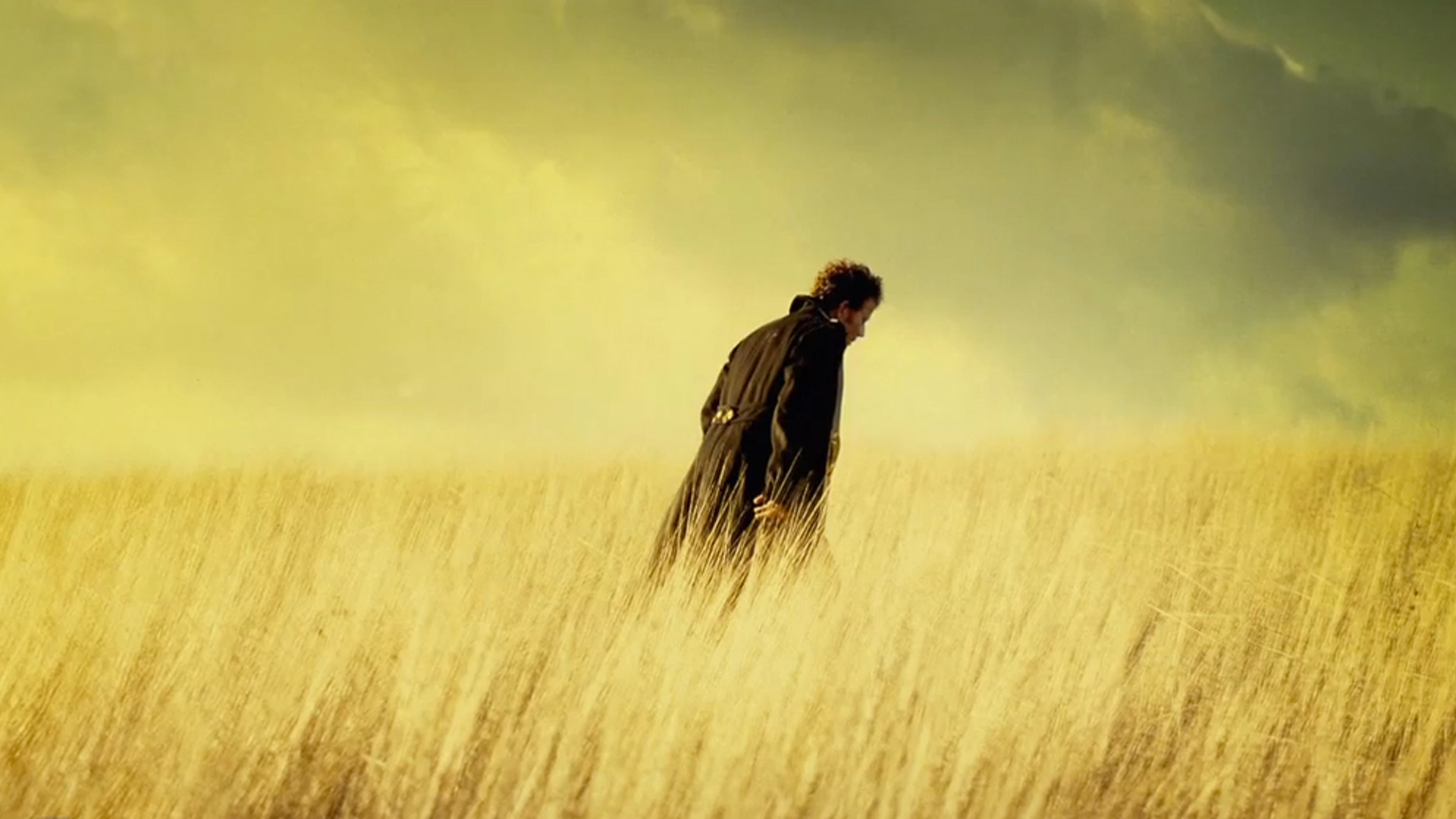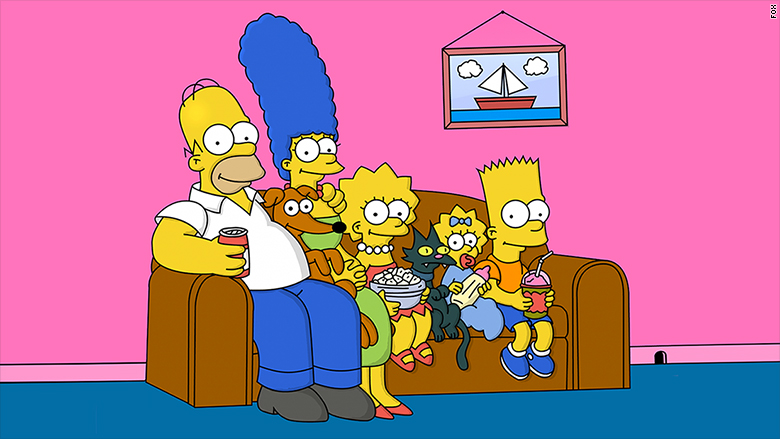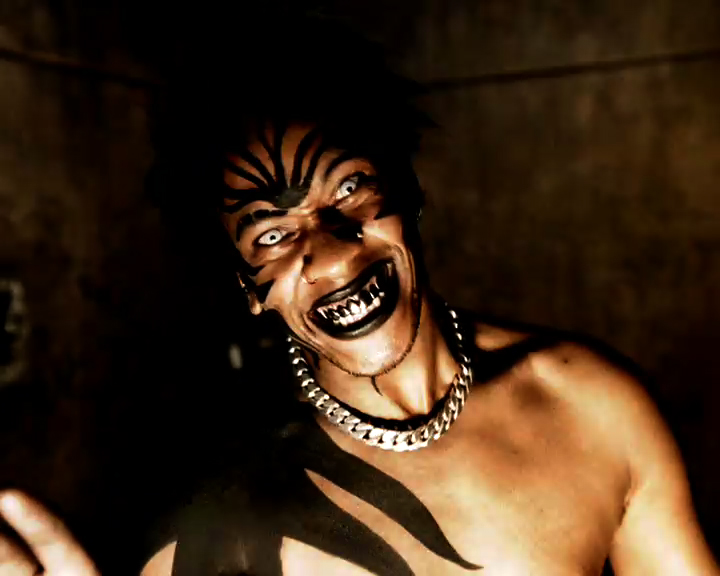This week I am reading an odd little book that I had never heard of before – nor had I heard of the author. This was a recommendation from one of my Twitter friends (apologies i cant remember who.)
The book has an incredibly plain light brown cover and is in all honestly a book that you would likely past by in a book shop without noticing. But, if ever the old adage ‘Don’t trust a book by its cover’ were true, its here.
The book is ‘The Notebook’ by the author Agota Kristof. Kristof was born in Hungary in 1935. During the suppression of the anti-communist revolution, Kristof’s family moved to Switzerland. before long she left her job there and learned French to begin her career as a novelist.
Kristof’s first three novels were a trilogy of which The Notebook ( which received the European prize for French literature) was the first part. 1986 Le grand cahier, 1988 La preuve (The Proof) and 1991 Le troisième mensonge (The Third Lie).
Sent to a remote village for the duration of the war, two children devise physical and mental exercises to render themselves invulnerable to pain and sentiment. They steal, kill, blackmail and survive. The Notebook distills the experience of Nazi occupation and Soviet liberation during World War II, into a unique chronology of exercises and observations from a children’s perspective.
I have thoroughly enjoyed reading this book. It is written in a very unusual style from the joint perspective of the two brothers. There is no distinction between them. The chapters are incredible short, two to 3 pages at most. At the beginning of the book, the children resolve to not record feelings or opinions, only facts. And while we do pick up on the feelings of others (through the children’s effects on them) the book itself is written in the style we assume the children to write in their own notebook.
Fascinating and at times uncomfortable reading, it is a must read for a study (in its purest form) of human emotions and behavior. Recommended, but with caution, there are some very strong and graphic adult themes dealt with in this book, it is not for children.









































